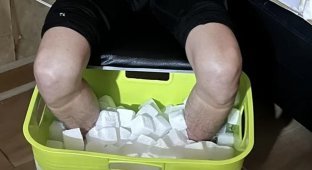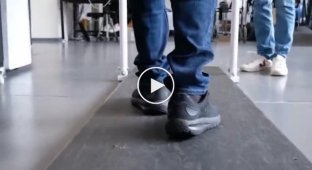Stem cell treatment helped a man paralyzed from the neck down get back on his feet. After a serious injury, he could not walk for seven long years. 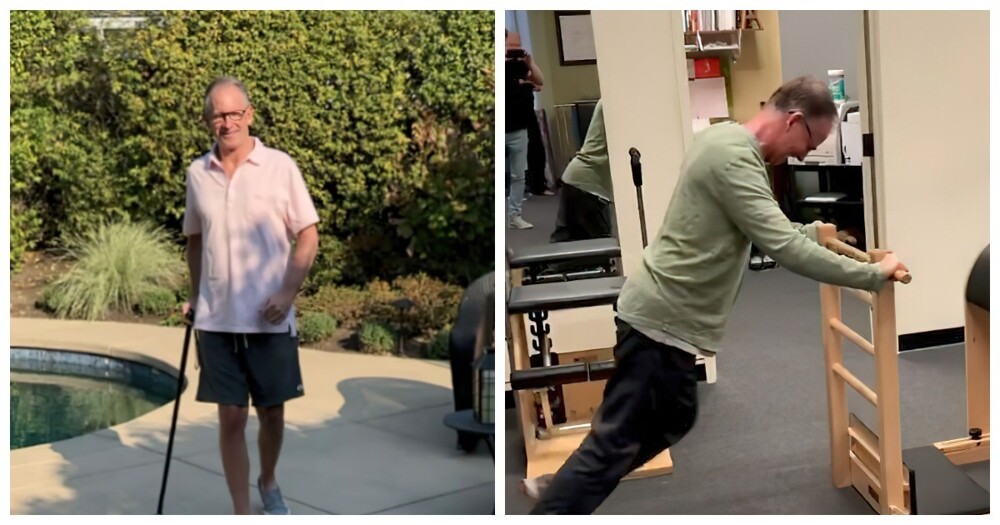
Long gone are the days when people were afraid of innovation and considered any medical advances to be “witchcraft.” However, it’s hard not to believe in magic—and science—when doctors and scientists make incredible discoveries that help patients improve their quality of life and even achieve “miraculous” recoveries. Chris Barr is one of those lucky people who, thanks to science, can walk again after suffering a severe spinal cord injury.
Seven years ago, Chris Barr's life changed forever. While surfing, he fell and severely injured his back. 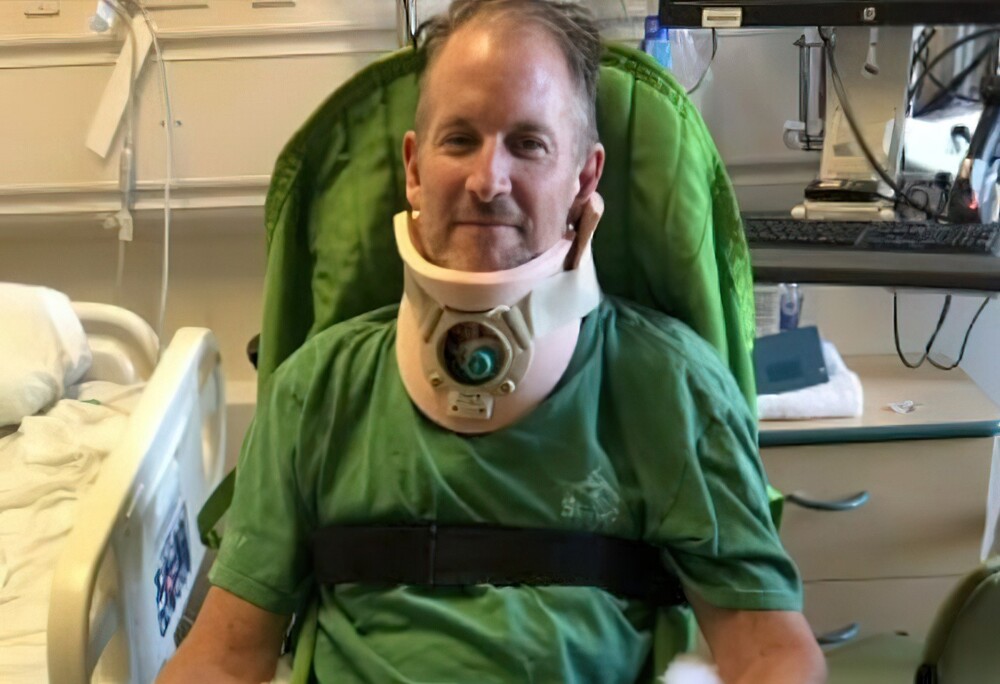
Seven years ago, Chris Barr had a normal day, like hundreds of other days. An avid surfer was catching waves at a local beach. But one of the waves turned out to be especially dangerous and threw Chris off the board. He soon realized that he was injured, and the serious, solemn expression on the doctors' faces told him that this news would be difficult to swallow.
At the hospital, Chris learned of a life-changing diagnosis—he was paralyzed from the neck down. But the man was determined to fight and believed that one day he would be able to regain control of his body. However, never in his wildest dreams did he imagine how successful his recovery would be and that he would walk again thanks to an innovative stem cell treatment.
“I couldn’t even imagine that I would have such a recovery,” Chris shared his delight. - I can feed myself. I can walk. I can do the daily routine on my own.” 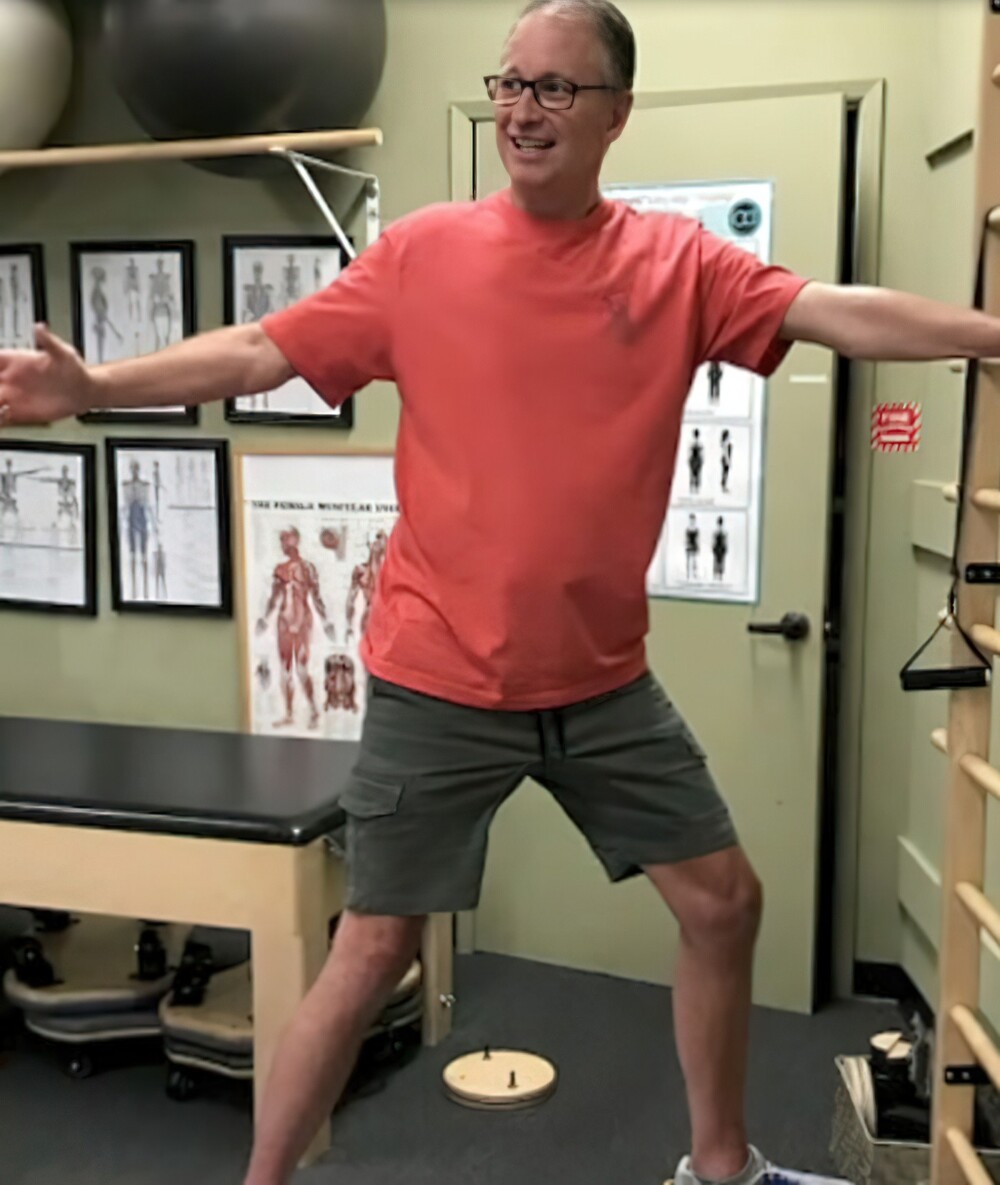
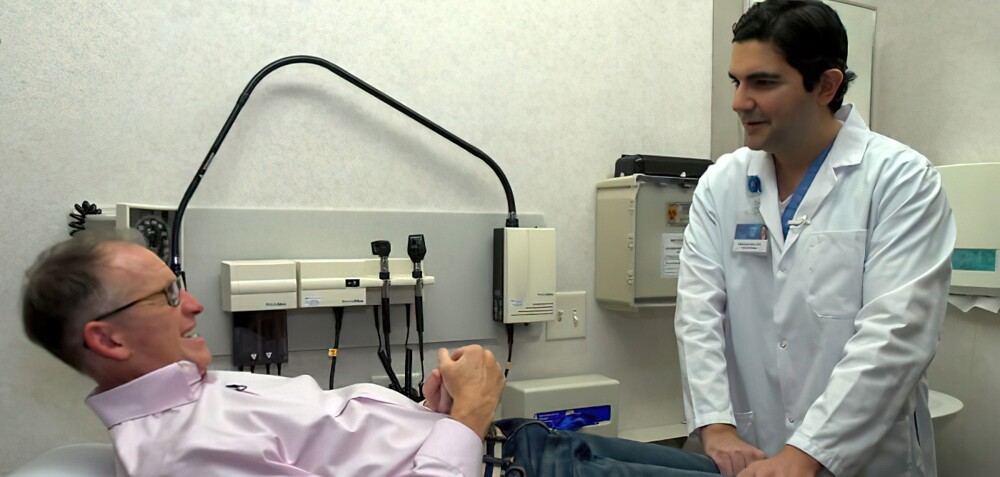
At the hospital, he learned that he was paralyzed from the neck down and was even on a ventilator. 
Chris became the first patient in the Mayo Clinic study. It involved collecting stem cells from his own stomach fat and increasing their number in the laboratory to 100 million cells. The cells were then injected into Chris's lumbar spine. The treatment continued for over five years, during which time Chris noticed a significant improvement in his quality of life, gaining greater independence with each injection.
Mr Barr's recovery story was published in the journal Nature Communications as part of a study into the effects of stem cells on spinal cord injuries. The study claims that of the ten patients who participated in the trial, seven experienced a positive effect in their recovery from injury. According to patients, they noted an increase in the strength of motor muscle groups and increased sensitivity to injections and light touches. Each patient increased at least one level on the American Spinal Injury Association (ASIA) impairment scale. This scale consists of five levels that reflect the patient's ability to function. Three other patients, unfortunately, did not improve, but they did not get any worse.
“These results give us hope for the future,” said Dr. Mohamad Baydon, a neurosurgeon and lead author of the study. The doctor, who is director of the Christopher Reeve Foundation, has dedicated his life to treating spinal cord injuries and is very hopeful for the future of this trial.
Fortunately, Chris was able to take part in a study that involved stem cell treatment 
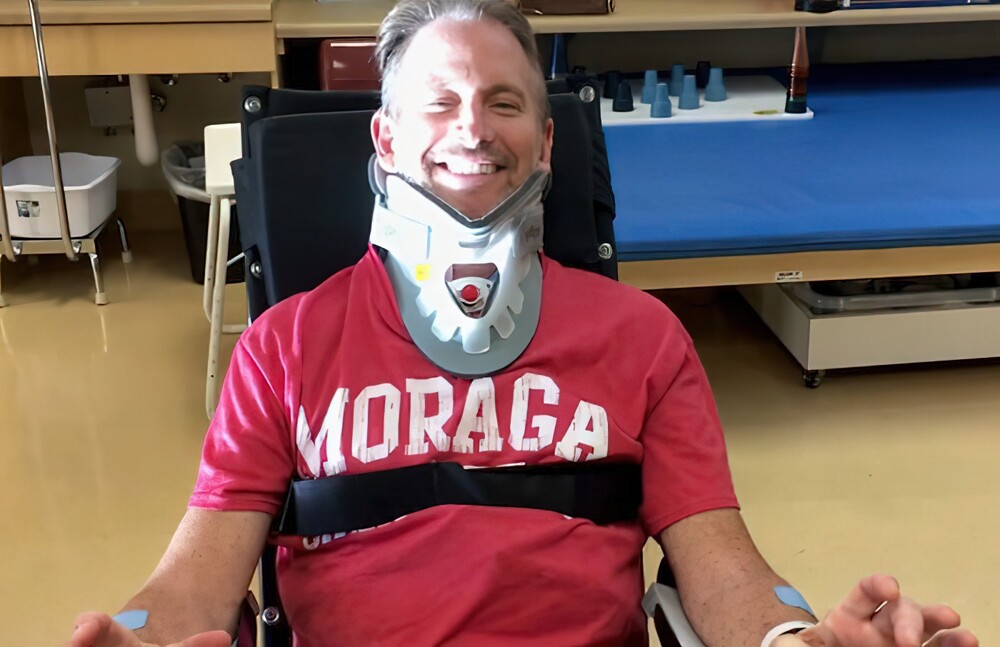
Stem cells were taken from the patient's stomach, then their number was significantly increased, after which they were injected into the lumbar spine 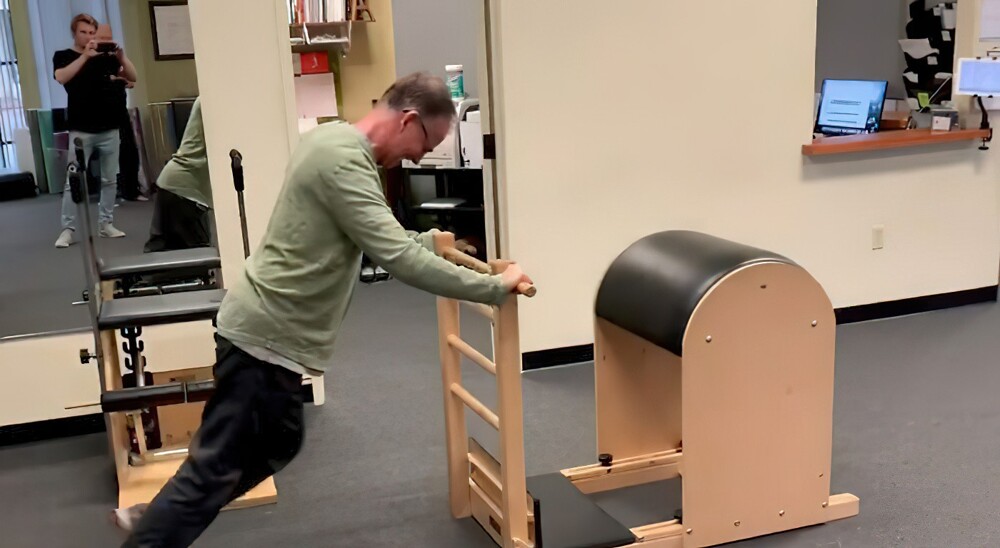
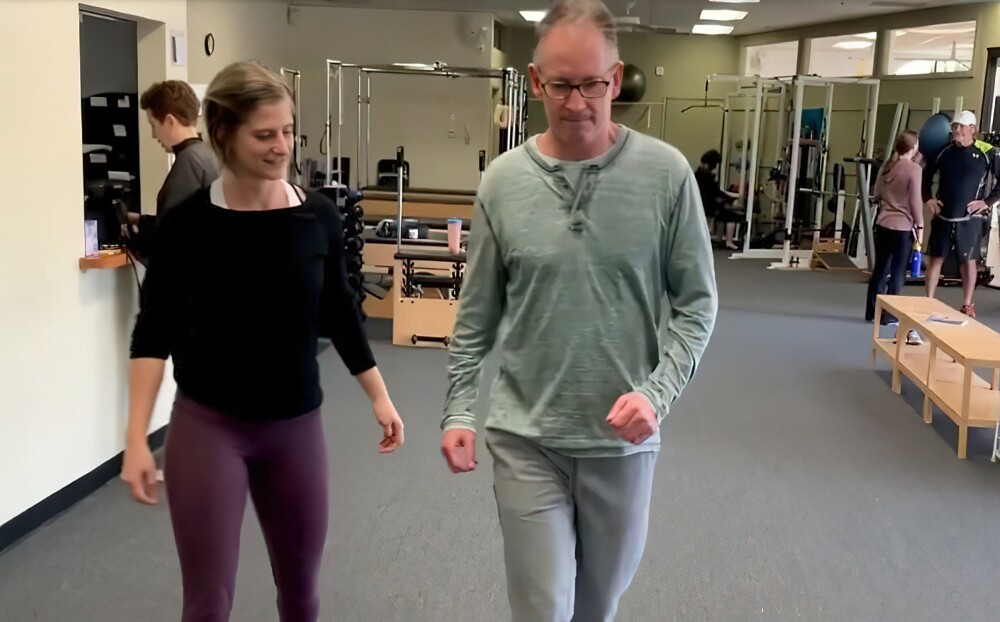
Participants ranged in age from 18 to 65 years old and all had spinal injuries—either the neck or back. Stem cells were taken from everyone's stomach. Patient 1, Chris, experienced the most amazing recovery of all.
At the beginning of the study, Chris was on a ventilator and was completely immobilized. As the study progressed, he began using seat belts and then even began taking a few steps on his own. In addition to stem cell treatments, Chris worked hard with his physical therapist.
“We waited, we did not intervene immediately, as many studies in this area do,” the doctor noted. “The earliest we treated was seven months after the injury, and the latest was 22 months.” The researchers wanted to give the body time to recover on its own.
Of the ten study participants, seven showed improvements, but none were as dramatic as Chris's. 
Lead author Dr Baydon hopes the study will help people learn more about the behavior of stem cells 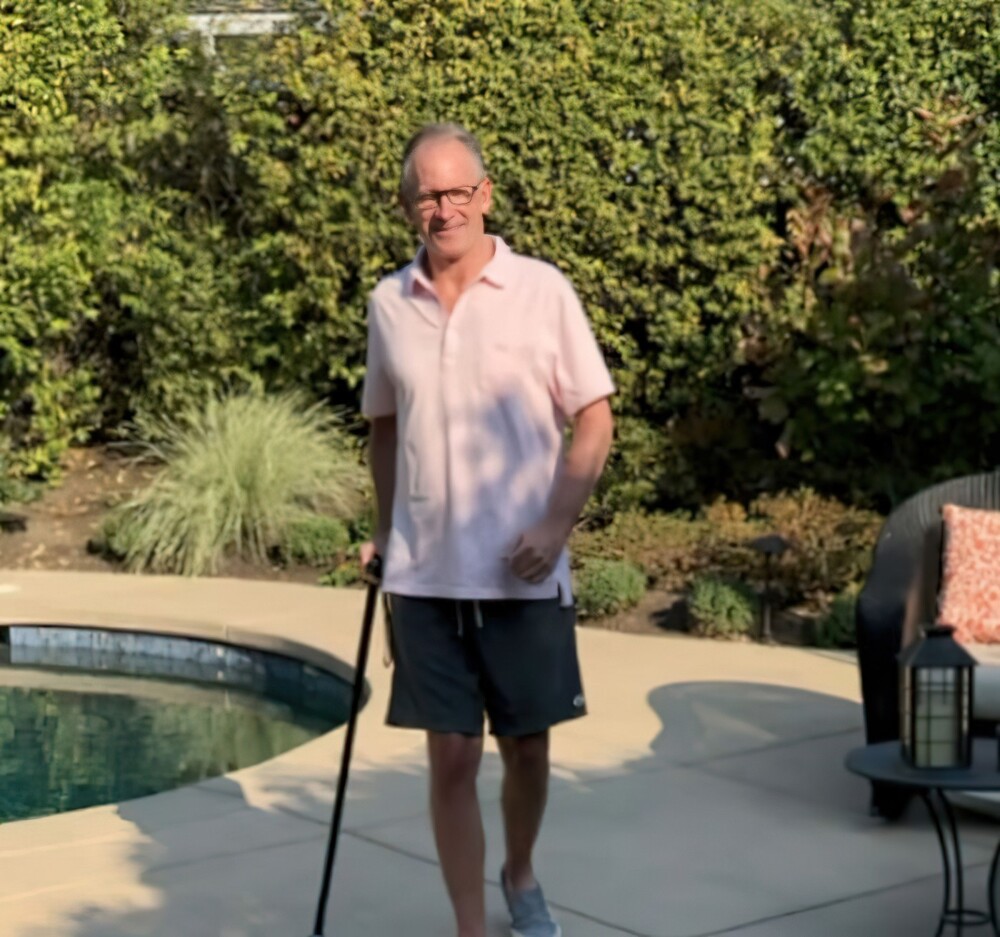
What once seemed like a miracle is now possible thanks to the hard work of doctors and researchers 
Despite the incredible results, approval of the new treatment is still a long way off as more research needs to be done to help doctors understand how stem cells work. For us it may seem like magic or a miracle, but for doctors it means many years of trial and error in the hope that during their lifetime they will be able to help those who need it.
“Patients are always looking for a cure. Today we are not there yet, but we must continue to research to reach the goal,” reflects Dr. Bydon. “The second part of the study is currently underway with a larger number of patients, giving hope to those who have heard the dreaded words: 'You'll never walk again.' I hope that in a few years these people will take their first steps again.”
As for Chris, he is thrilled to have been able to take part in this groundbreaking study. He may never surf again, but at least he will be able to go on increasingly longer walks without assistance.
“I'm just thrilled that there are people taking bold steps to try to get research and a cure for this disease. It’s been a wild ride and it’s not over yet,” he says.
What do you think? Is stem cell therapy the future, or does it sound like science fiction?
Add your comment
You might be interested in:















